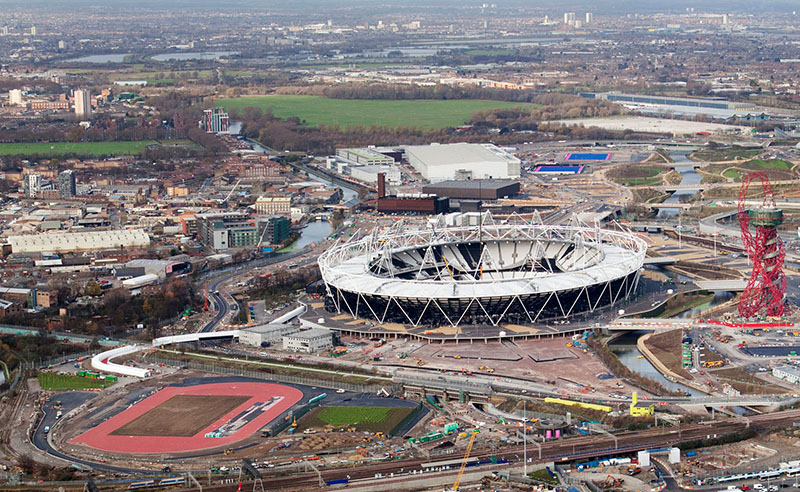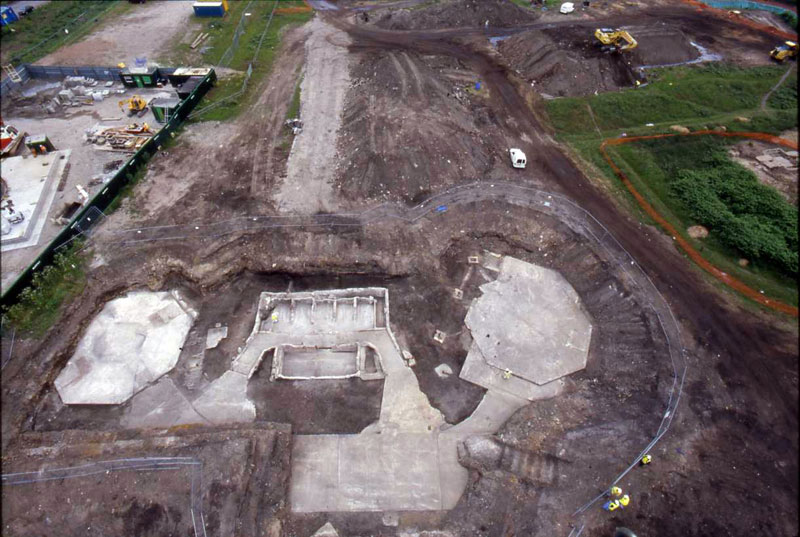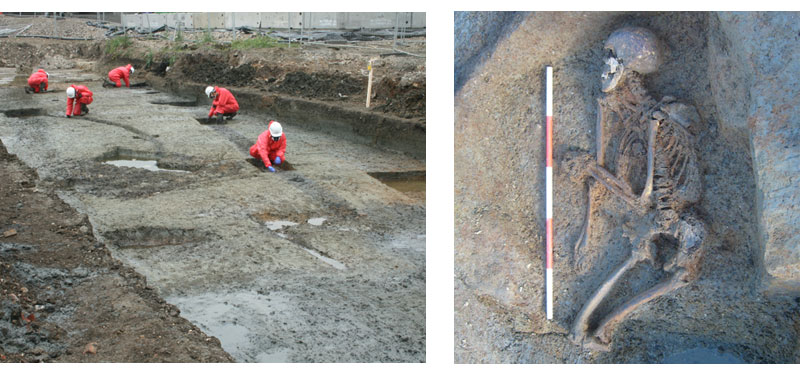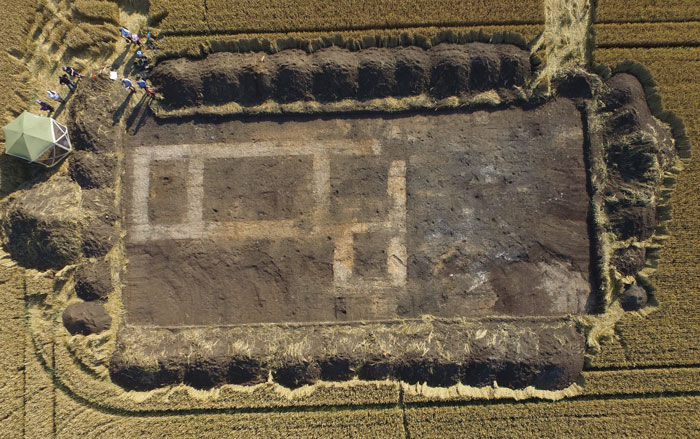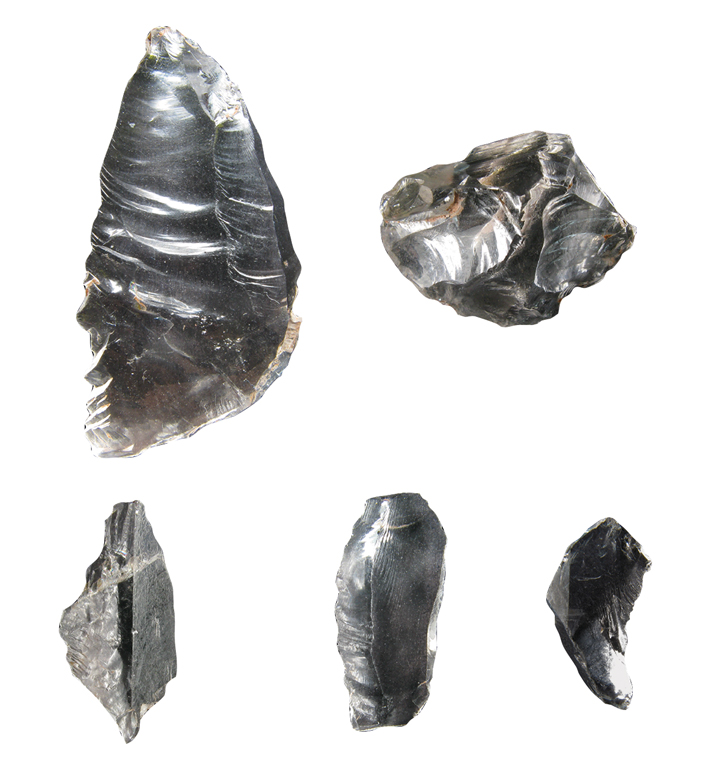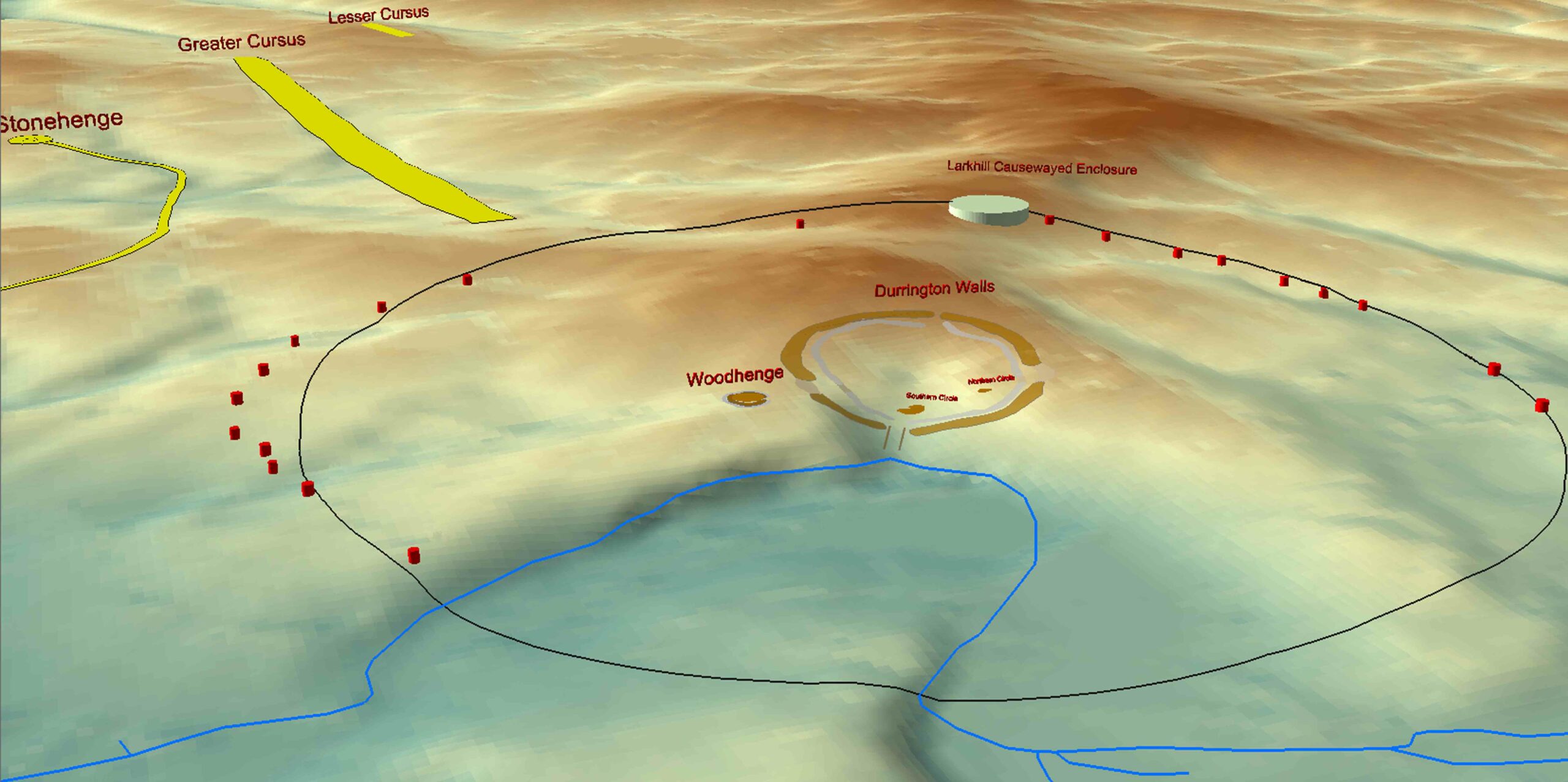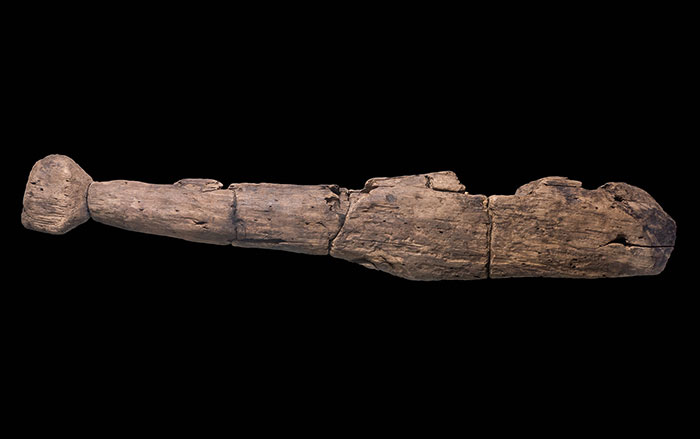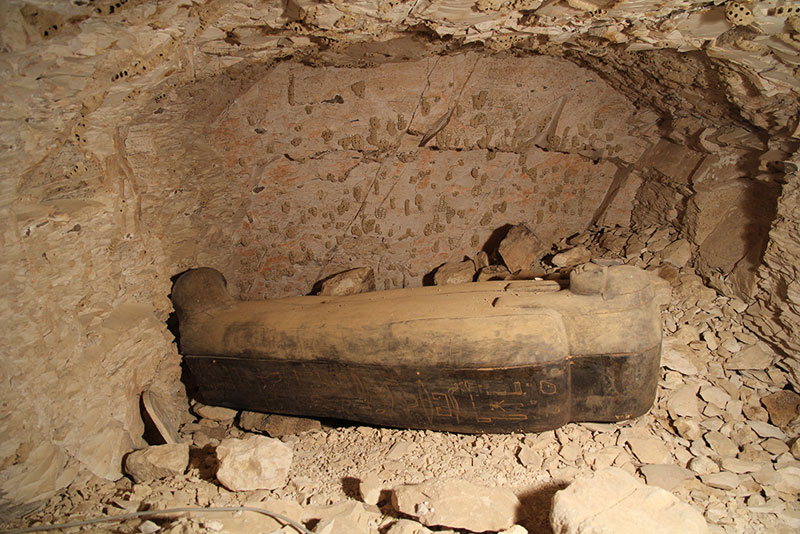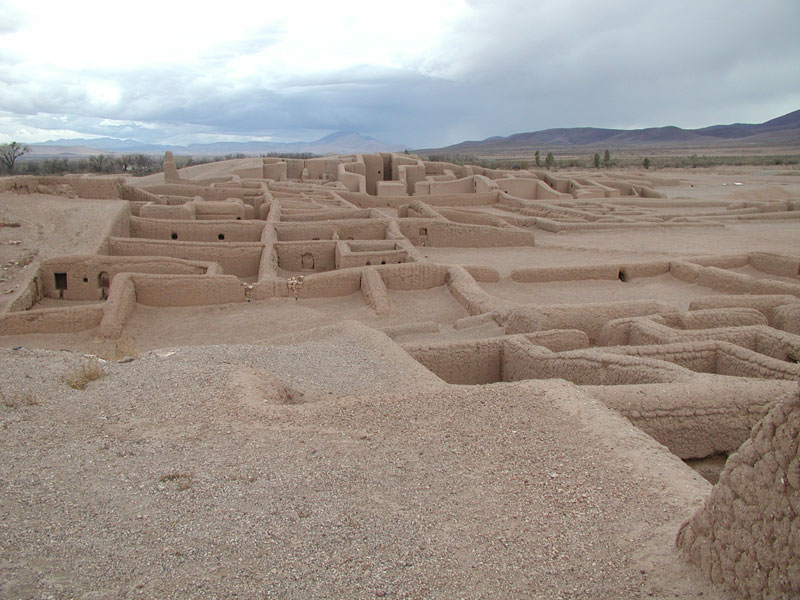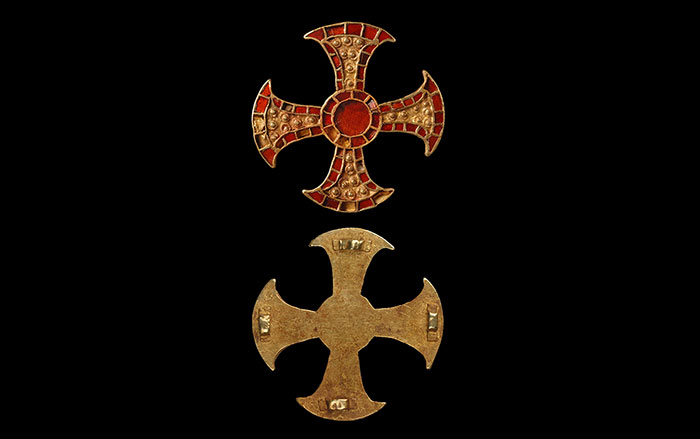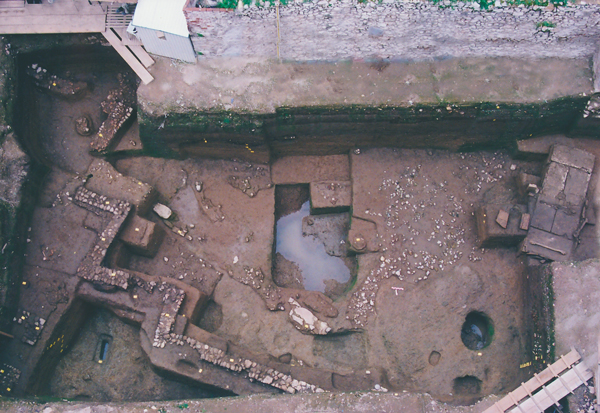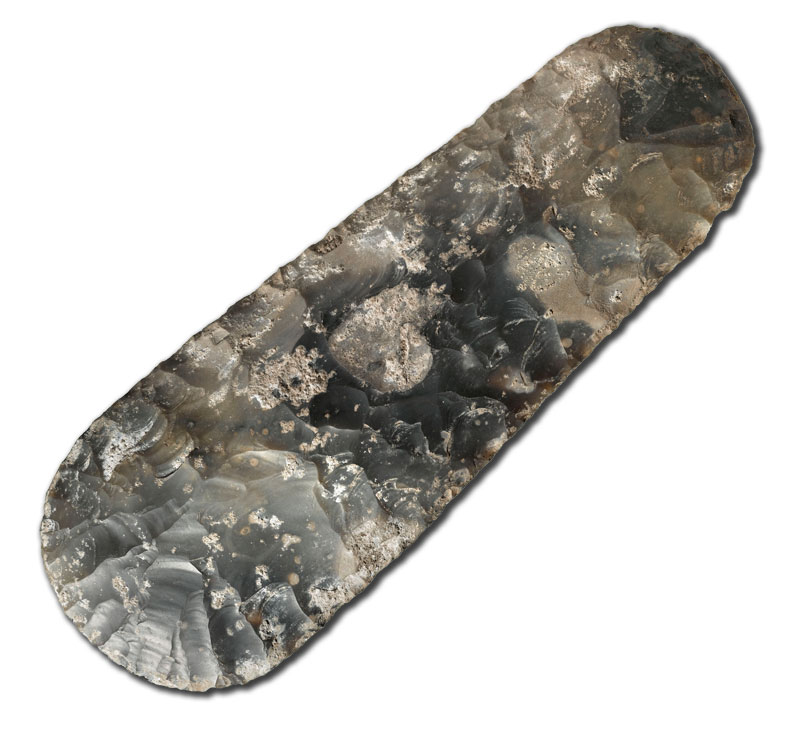
At the end of the last great Ice Age, some 12,000 years ago, glacial meltwaters surged through an unspoiled wilderness, forming the flood plain of the River Lea. However, the oldest evidence from the Olympic Park comes from the Neolithic period (4000–2200 B.C.), when people began fairly extensive woodland-clearing for agriculture, aided by flint axes. The team discovered one such ax, dated to between 4000 and 3000 B.C., at the edge of a river channel, but there was no evidence the ax had been used in antiquity. According to Andrew Powell of Wessex Archaeology, the team working on the post-excavation analysis of the Park's finds, its pristine condition and riverside location hint at a possible ritual explanation. Had it been deliberately placed in the water as an offering or votive deposit? "If this is the case, we think it highlights the deep significance of the river, and its valley, to prehistoric people drawn by the rich resources of this watery environment," says Powell.


